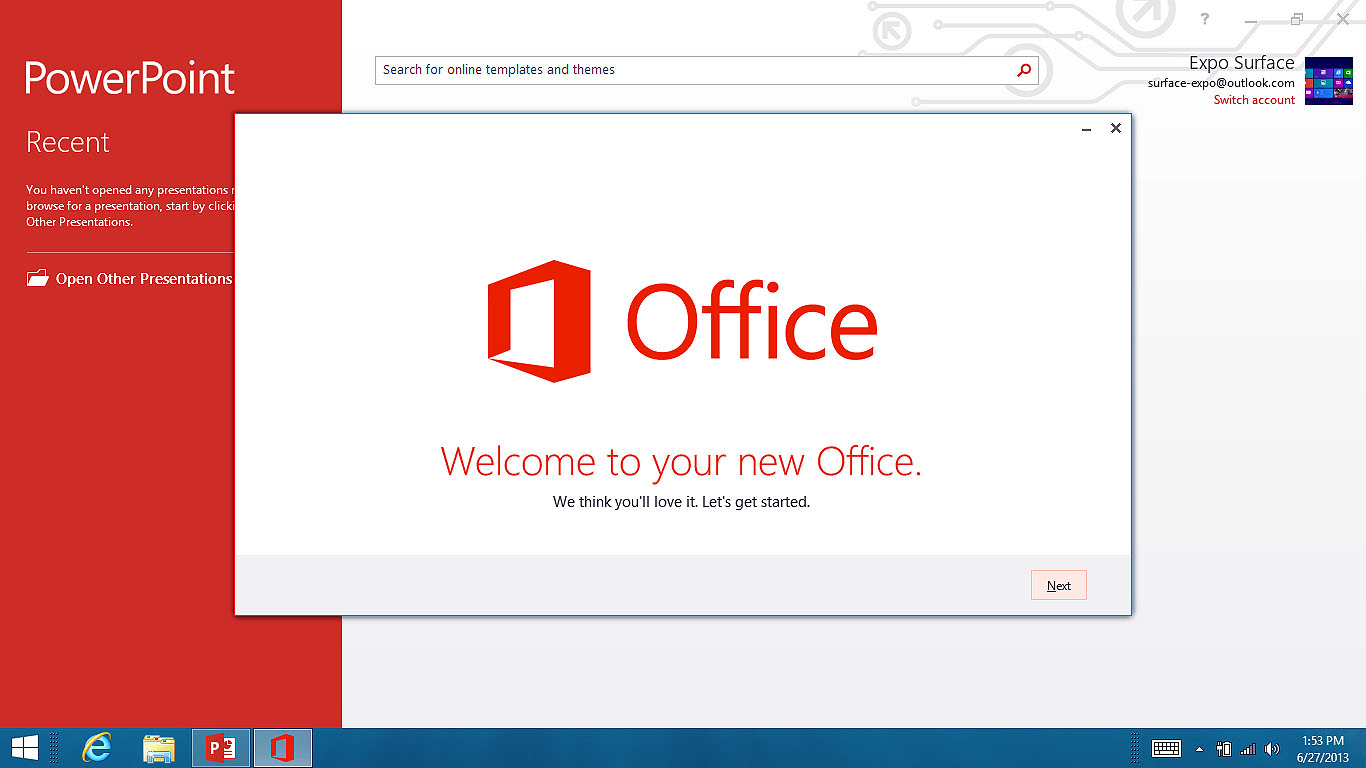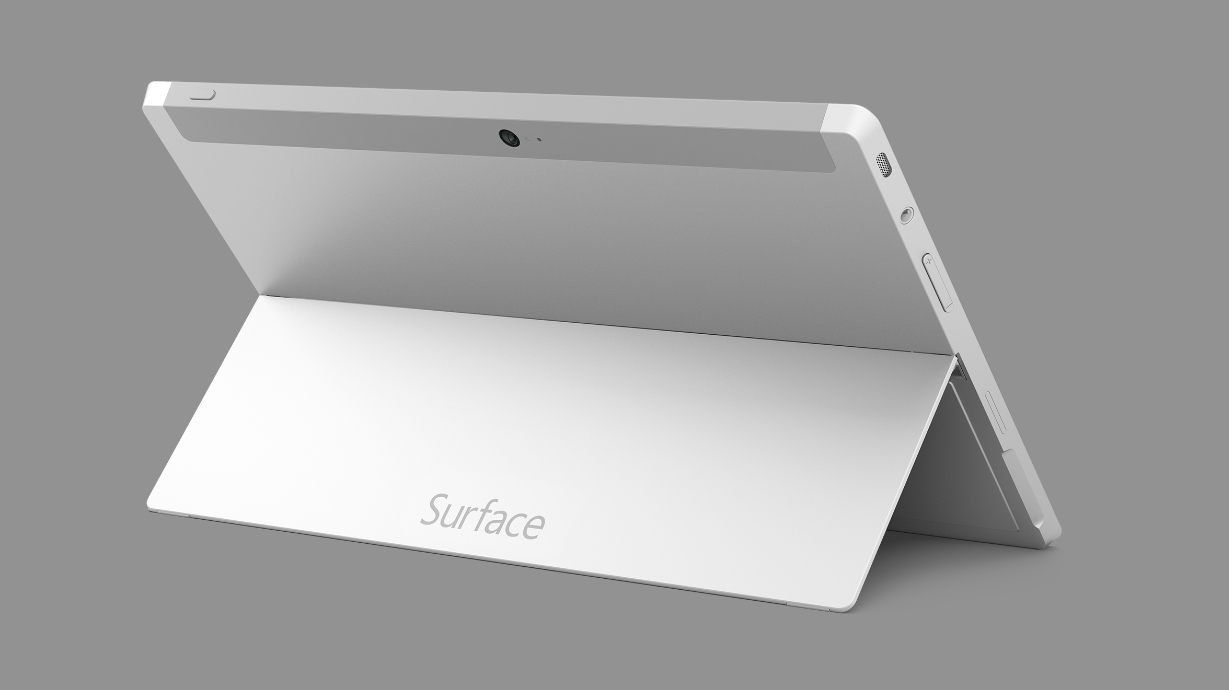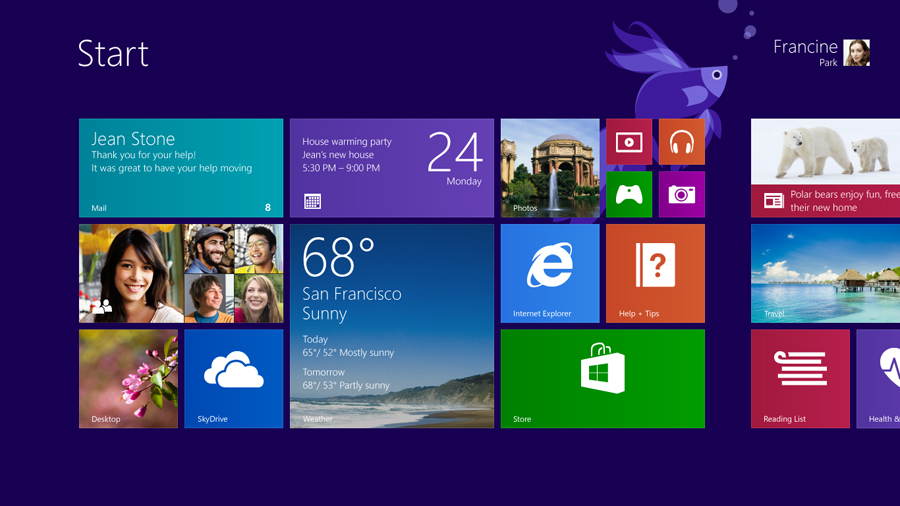Surface 2 extends Microsoft's Windows RT long game - for now
There's now a long bridge at the end of the road

In many ways, Microsoft's Surface 2 was the company's big chance to prove that Windows RT deserves its place in the world.
Has it taken it? Well, sort of.
Let's face it: Surface RT and other Windows RT devices have been up against it for some time now, and for good reason.
They can't run legacy Windows programs, which is a valid concern considering the Windows Store is lacking a whole heap of apps from big name developers.
For this reason, Microsoft has always had a hard time convincing people that the Surface RT is worth the investment - particularly in the face of the Surface Pro that can run full-fat Windows 8 apps and looks almost exactly the same on the outside.

Two paths
So what options did Microsoft have with the Surface 2 to help Windows RT? Dropping the RT moniker was a good start.
After that, Microsoft had two potential routes to go down: improve what's already there, or go in the opposite direction of making the device less premium to sell it at a lower price point.
Are you a pro? Subscribe to our newsletter
Sign up to the TechRadar Pro newsletter to get all the top news, opinion, features and guidance your business needs to succeed!
The second option could have been a real tactical boon. Why not forego the (admittedly luxurious) VaporMg casing for something a little less premium?
The Surface 2 would have led the way for other Windows RT devices to at least compete with lower-priced Atom-powered devices that run full-fat Windows 8 while proving a serious alternative to 7-inch tablets.
Think about it: a new, cheaper Surface with Windows 8.1 RT, an improved kickstand, a generous Skype calling package, 200GB of free SkyDrive storage and Office 2013 thrown for under £200. I'd buy it, and I'd bet I wouldn't be the only one.
Surface gloss
As we now know, Microsoft didn't go down this road. Instead, it chose to make a Surface 2 with improved hardware and a few bonus cloud services on the hope that they will gloss over Windows RT's limited functionality.
They won't, but they will help. Having a 1080p display will improve anything from gaming to viewing photos, reading, and holding video calls using Skype.
The extra screen real estate will also help when using Windows 8.1's improved app snapping. And nobody has ever complained about a device being given 25% more battery life.

Long game
But at the end of the day, you feel that Microsoft had little choice but to make those improvements just to continue its Windows RT long game.
The company clearly believes the platform can still be a success over time, but it can't afford to stand still and do nothing in the face of a never-ending onslaught of competing tablets and convertibles.
Whether Surface 2 and its subsequent iterations will be given that time to convince people that there is a value proposition to be found with buying a Windows RT device remains to be seen.
